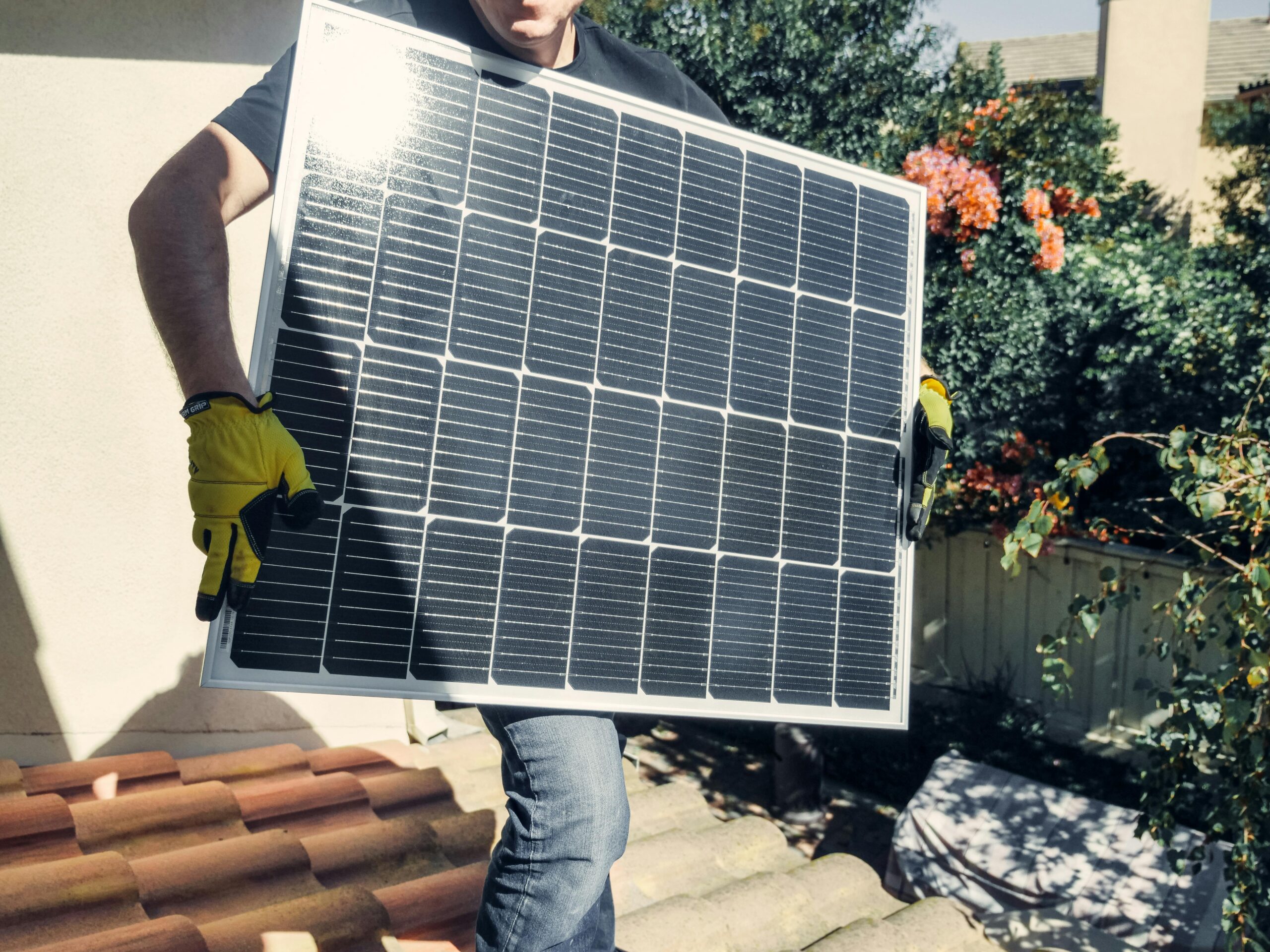The rapid evolution of technology has propelled humanity into a generation wherein electricity garage solutions are greater essential than ever. Among those advancements, stable-nation batteries emerge as a transformative innovation, promising superior overall performance, protection, and sustainability compared to standard battery systems. This article delves into the importance of strong-state batteries, their technological underpinnings, and their capability to revolutionize industries, from purchaser electronics to electric-powered automobiles (EVs).
What Are Solid-State Batteries?
Solid-united state batteries are an advanced form of electricity garage tool that employs a solid electrolyte in desire to the liquid or gel electrolytes found in conventional lithium-ion batteries. This essential distinction brings approximately several key advantages:
Enhanced Safety: Solid electrolytes get rid of the hazard of leakage and extensively lessen the chance of battery fires because of thermal runaway.
Higher Energy Density: These batteries can save greater energy in a smaller volume, making them best for compact and lightweight programs.
Longer Lifespan: Reduced wear and tear on strong electrolytes contribute to improved cycle existence and sturdiness.
Faster Charging: Solid-country generation helps better charging speeds, catering to fashionable needs for comfort and efficiency.
The Technology Behind Solid-State Batteries
At the coronary heart of solid-kingdom batteries lies a meticulously engineered strong electrolyte, which serves as a medium for ion transfer between the anode and cathode. Materials usually used for stable electrolytes include:
Ceramics: Known for his or her high ionic conductivity and mechanical stability.
Polymers: Offering flexibility and simplicity of production.
Glass: A more modern entrance with promising ionic residences.
The anodes in stable-state batteries regularly incorporate lithium steel, a preference that similarly enhances electricity density. However, attaining solid interfaces among the solid electrolytes and electrodes remains a critical task.
Advancements Driving the Adoption of Solid-State Batteries
Over the past decade, researchers and producers have made large strides in overcoming the technical and monetary limitations related to strong-state batteries. Some key improvements include:
Improved Manufacturing Techniques: Innovations in skinny-movie deposition and 3-D printing enable unique layering of battery components, improving overall performance and scalability.
Material Optimization: The discovery of the latest stable electrolyte materials with better conductivity and stability accelerates business viability.
Cost Reduction: Economies of scale and advancements in production techniques are using down charges, making strong-country batteries greater on hand.
Integration with Renewable Energy: These batteries are being tailor-made to supplement sun and wind energy systems, addressing intermittency issues and improving grid stability.
Applications of Solid-State Batteries
Solid-kingdom batteries have the potential to disrupt a couple of industries, supplying answers to chronic strength garage challenges. Key software regions include:
Electric Vehicles:
Extended Range: Higher power density allows longer driving levels on an unmarried charge.
Improved Safety: Eliminating flammable liquid electrolytes reduces fire hazards in EVs.
Faster Charging: Rapid price instances align with purchaser expectancies for convenience.
Consumer Electronics:
Slimmer Designs: Compact battery packs allow for thinner and lighter gadgets.
Longer Battery Life: Enhanced sturdiness helps extended use in smartphones, laptops, and wearables.
Renewable Energy Storage:
Grid Stability: Solid-kingdom batteries can store surplus strength from sun and wind farms, ensuring reliable electricity supply at some point of top call.
Off-Grid Solutions: High power density and reliability cause them to be appropriate for far-off and stale-grid installations.
Medical Devices:
Miniaturization: Compact strong-country batteries enable the development of smaller, implantable scientific gadgets.
Enhanced Safety: Non-flammable residences are important for touchy applications.
Challenges and the Road Ahead
While the ability of strong-state batteries is plain, numerous hurdles remain:
Material Limitations: Developing stable electrolytes with the surest ionic conductivity and mechanical stability is a work in development.
Manufacturing Complexity: Scaling manufacturing to fulfill international call for calls for widespread funding and innovation.
Cost Considerations: Despite current development, stable-nation batteries continue to be extra high priced than traditional lithium-ion batteries.
Interface Stability: Ensuring solid and green interfaces between stable electrolytes and electrodes is essential for lengthy-time period performance.
To cope with those demanding situations, collaboration amongst academia, enterprise, and authorities is essential. Initiatives inclusive of public-private partnerships and expanded investment for studies and improvement are already paving the manner for breakthroughs.
Global Leaders in Solid-State Battery Development
Several groups and institutions are at the forefront of strong-country battery innovation:
QuantumScape: Known for its pioneering paintings on lithium-steel solid-nation batteries, aiming to commercialize the technology for EVs.
Toyota: Investing closely in strong-nation battery studies with plans to integrate them into subsequent-era EVs.
Solid Power: A key player focusing on scalable manufacturing procedures and automotive programs.
Samsung: Developing stable-state batteries for customer electronics and EVs, leveraging its know-how in superior materials.
Environmental and Economic Impact
The adoption of stable-country batteries holds substantial implications for sustainability and the worldwide economic system:
Reduced Carbon Footprint: Higher efficiency and longer lifespans translate to decreased typical emissions.
Recycling Opportunities: Solid-state batteries are easier to recycle than their liquid-based opposite numbers, lowering e-waste.
Energy Independence: By allowing green power storage, those batteries can help international locations lessen reliance on fossil fuels and imported strength resources.
Conclusion: A Bright Future for Energy Storage
Solid-country batteries constitute a huge soar forward in battery technology, with the capability to redefine how power is saved and applied throughout various sectors. While challenges persist, the relentless pursuit of innovation progressively brings this generation closer to mainstream adoption. As industries continue to embrace stable-nation solutions, we can look forward to a destiny marked by more secure, green, and environmentally friendly electricity garage systems.









Leave a Reply